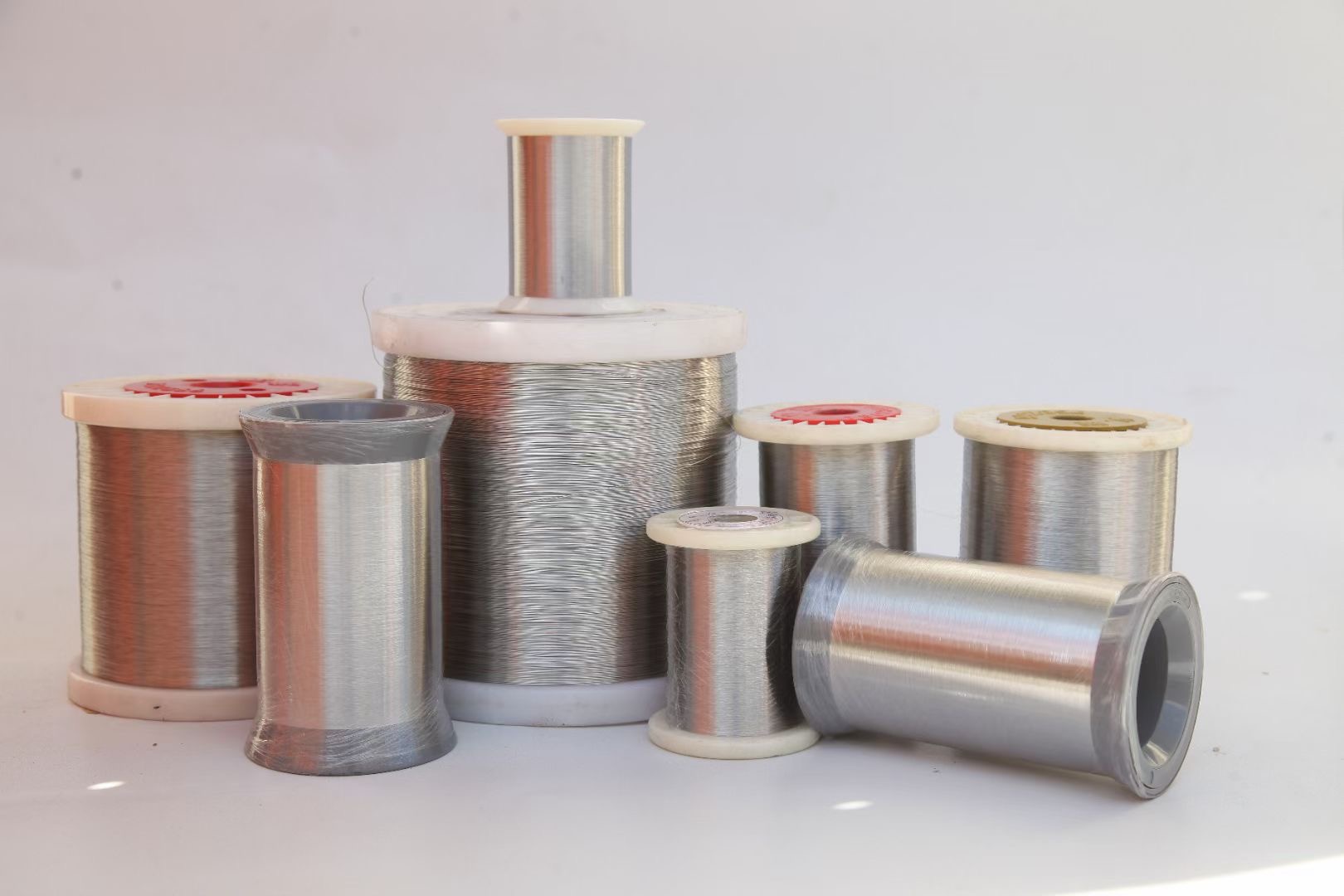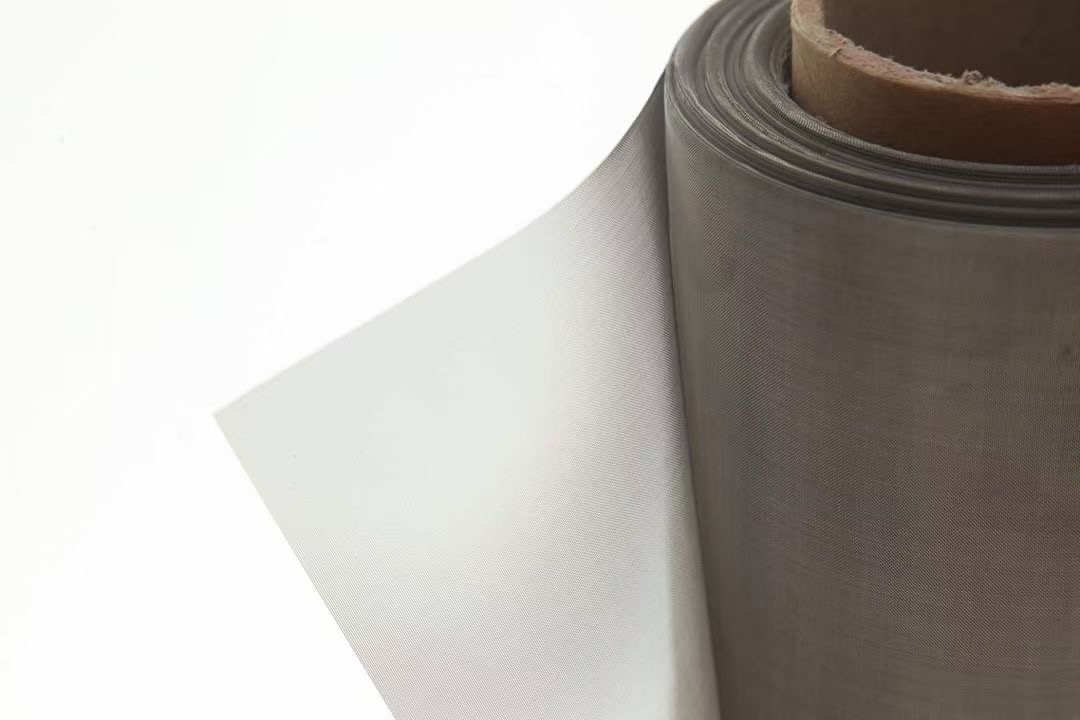Search Product
Search here for what you are looking for:
Search here for what you are looking for:
Stainless steel mesh exhibits excellent corrosion resistance, high-temperature oxidation resistance, good low-temperature performance, and exceptional mechanical system performance. It is widely utilized in various industries where screening and filtration are required, particularly in acidic and alkaline environments. It finds applications as chemical fillers and oil screens in enterprises. The primary objective of its use is to prevent corrosion and rusting.

The corrosion resistance of stainless steel wire mesh relies on the formation of a protective passivation film on its surface. If the passivation film is incomplete or has defects, stainless steel can still be susceptible to corrosion. In engineering applications, acid pickling and passivation processes are often performed to maximize the corrosion resistance potential of stainless steel.
During the manufacturing process of stainless steel production equipment and components, various substances such as surface oil stains, rust, non-metallic organic pollutants, low melting point metals, paint, welding slag, and spatter may be present. These substances can affect the surface quality of stainless steel electronic equipment and component structures, compromising the oxide film and reducing the corrosion resistance of stainless steel wire mesh. Therefore, it is essential to thoroughly analyze the corrosion control performance, local corrosion resistance (including pitting and interstitial corrosion), and the potential for corrosion cracking caused by increased internal stress. Cleaning, pickling, and passivation of the surface of stainless steel wire mesh not only maximize corrosion resistance but also contribute to maintaining its aesthetic appearance without contamination.

In corrosion-resistant design, it is necessary to carry out pickling and passivation of the stainless steel wire mesh and composite plate on the container's surface during manufacturing. This requirement is particularly emphasized in educational institutions such as the University of Petroleum and Chemical Technology, as their teaching equipment management aims to provide students with direct exposure to corrosive media. Starting from ensuring corrosion resistance and corrosion control, pickling and passivation are deemed necessary. In other related industries, where cleanliness and aesthetics are significant considerations, stainless steel materials may not require acid pickling and passivation. However, for stainless steel equipment welds, further pickling and passivation processes are still necessary to enhance corrosion resistance and restore the efficiency of the passivation film on the stainless steel wire mesh.